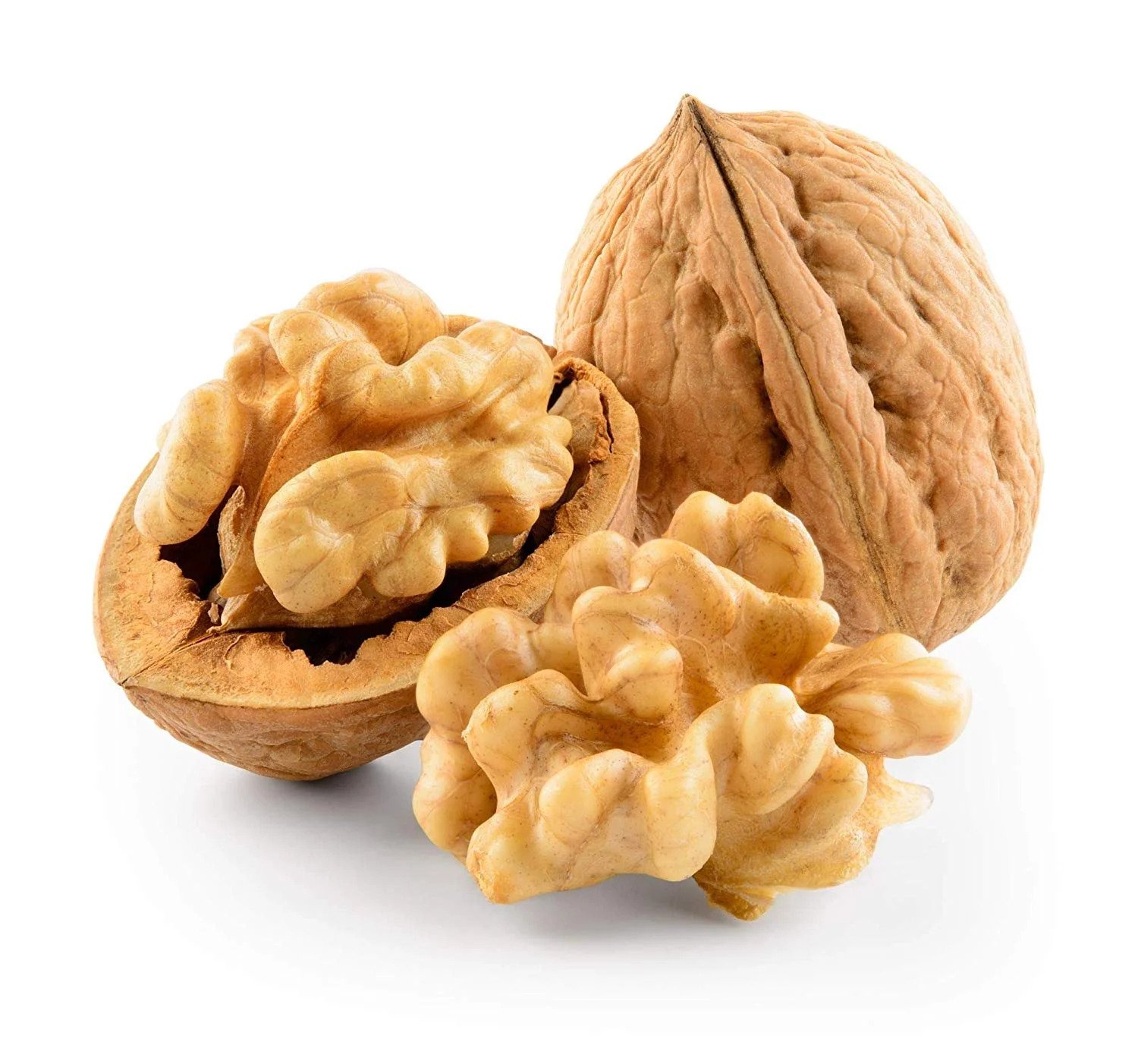

Articles
How To Store Unshelled Walnuts
Modified: December 7, 2023
Learn the best methods for storing unshelled walnuts in this informative article. Discover how to prolong freshness and maintain optimal flavor for your favorite nutty snacks.
(Many of the links in this article redirect to a specific reviewed product. Your purchase of these products through affiliate links helps to generate commission for Storables.com, at no extra cost. Learn more)
Introduction
Welcome to the world of unshelled walnuts! Whether you have just harvested a bountiful crop from your walnut tree or purchased a bag of fresh walnuts from the store, knowing how to properly store them is essential to preserve their freshness and flavor. Unshelled walnuts can last for a long time if stored correctly, allowing you to enjoy their nutritional benefits and delicious taste throughout the year.
In this article, we will guide you through the process of storing unshelled walnuts to ensure their longevity and quality. From choosing and harvesting walnuts to selecting the right storage container and monitoring their condition, we will cover all the essential steps and provide you with valuable tips along the way.
So, let’s dive in and discover how to store unshelled walnuts to keep them fresh and ready whenever you need to add a nutty crunch to your favorite recipes or enjoy a wholesome snack!
Key Takeaways:
- Preserve the freshness and flavor of unshelled walnuts by choosing, preparing, and storing them properly. Enjoy their nutty goodness in a variety of culinary creations for a wholesome and satisfying experience.
- Ensure the longevity and quality of unshelled walnuts by selecting the right storage container, monitoring their condition, and actively maintaining their freshness. Embrace the versatility of walnuts in snacking, baking, and savory dishes for a delightful culinary journey.
Read more: How To Store Walnuts
Choosing and Harvesting Walnuts
Before you can store unshelled walnuts, it’s important to start with high-quality nuts. Whether you are harvesting walnuts from your own tree or purchasing them, there are a few things to consider when choosing the right walnuts for storage.
When it comes to harvesting walnuts from your own tree, timing is key. Walnuts are ready to be harvested when the outer husk turns yellow or brown and begins to split. Try to avoid waiting too long, as walnuts left on the ground for an extended period may have compromised quality.
When buying walnuts, look for plump and uniform nuts that are free of cracks or holes. Avoid walnuts that appear discolored or shriveled, as these may indicate poor quality or age.
Once you have selected your walnuts, it’s time to prepare them for storage. Start by removing any excess dirt or debris by gently brushing or wiping them with a cloth. Do not wash walnuts with water, as this can reduce their shelf life and increase the risk of mold.
After cleaning, let the walnuts air dry for a few hours until they are completely dry to the touch. This drying process helps remove any remaining moisture on the nuts, which can contribute to mold growth during storage.
Now that your walnuts are clean and dry, it’s time to move on to the next step: preparing them for storage.
Preparing Walnuts for Storage
Properly preparing walnuts for storage is crucial to maintain their freshness and prevent spoilage. Here are some important steps to follow:
1. Cracking the Shell: Before storing walnuts, it is recommended to crack open the shell. This allows air to circulate and prevents the nuts from going rancid. You can use a nutcracker or a vise to crack the shell without damaging the kernel inside.
2. Removing the Shell: After cracking the shell, carefully remove it from the walnut kernel. This can be done by hand or with the help of a small paring knife. Take your time to ensure that the shell is completely removed, leaving only the intact walnut kernel.
3. Inspecting for Quality: Examine each walnut kernel for any signs of mold, discoloration, or damage. Discard any walnuts that look suspicious or have an off-putting odor, as they may have gone bad and can affect the quality of the other nuts in storage.
4. Drying the Kernels: Similar to the process of drying the whole walnuts, it is crucial to dry the kernels thoroughly to remove any remaining moisture. Place the kernels on a clean, dry surface and allow them to air dry for a couple of days. This will ensure that they are completely moisture-free before storing.
5. Optional Roasting: If you prefer roasted walnuts, you can roast the kernels before storing them. Preheat your oven to around 350°F (175°C), spread the kernels on a baking sheet, and roast them for about 10-15 minutes until they are lightly golden and fragrant. Keep a close eye on them, as walnuts can quickly go from perfectly roasted to burnt.
It is essential to note that while cracked walnuts can be stored for a longer period than uncracked ones, they may lose their freshness and flavor more quickly. If you decide to leave the walnuts uncracked, make sure to follow the same steps for cleaning and drying the whole walnuts.
Once your walnuts are cracked, cleaned, and dried, they are now ready to be stored in a suitable container to maintain their quality for an extended period.
Selecting the Right Storage Container
Choosing the right storage container for your unshelled walnuts is essential to ensure their longevity and protect them from environmental factors that can compromise their quality. Here are some key factors to consider while selecting a storage container:
1. Air-Tightness: Opt for a container that provides a tight seal to prevent air from entering and moisture from seeping in. Exposure to air can lead to oxidation and rancidity, diminishing the flavor and nutritional value of the walnuts. Look for containers with secure lids or closures that create a leak-proof seal.
2. Dark and Cool: Walnuts are sensitive to light and temperature fluctuations. To preserve their freshness, choose a container that is opaque or made of dark materials, as this will help block out light and maintain a cool environment. Avoid transparent or clear containers that allow light to penetrate.
3. Size and Space: Select a container that accommodates the amount of walnuts you plan to store. Ensure that there is enough space to store the nuts without overcrowding them, as this can lead to crushing and loss of quality. Additionally, consider the available storage space in your pantry or refrigerator and choose a container size accordingly.
4. Material Considerations: The choice of material for your storage container can impact the shelf life of the walnuts. Opt for food-grade materials such as glass jars, metal tins, or BPA-free plastic containers. These materials are less likely to react with the nuts and affect their flavor or quality.
5. Ventilation: While an airtight container is crucial, some ventilation is necessary to prevent moisture buildup and the growth of mold. Look for containers with small vent holes or employ the use of breathable storage bags specifically designed for nuts.
When arranging the walnuts in the container, try to keep them in a single layer to avoid excessive pressure and ensure even airflow. If you plan to store a large amount of walnuts, consider dividing them into smaller batches and using multiple containers to maintain optimal storage conditions.
Remember to label the container with the date of storage to keep track of the freshness of the walnuts and consume the oldest ones first.
By selecting the right storage container, you can provide an optimal environment for your unshelled walnuts, ensuring they stay fresh, flavorful, and ready for use in your favorite recipes.
Store unshelled walnuts in a cool, dry place, such as a pantry or cellar, away from sunlight and moisture. You can also store them in the refrigerator for longer shelf life.
Storing Unshelled Walnuts
Once you have prepared your walnuts and selected the appropriate storage container, it’s time to store them properly. Follow these guidelines to ensure the optimal storage conditions for your unshelled walnuts:
1. Cool and Dark Location: Find a cool, dark place for storing your walnuts. Ideally, the temperature should be between 32°F (0°C) and 50°F (10°C). Avoid exposing the walnuts to direct sunlight or extreme temperature fluctuations, as this can affect their quality.
2. Pantry or Refrigerator: Depending on the quantity of walnuts and available space, you can store them in a pantry or refrigerator. If you have a large quantity, storing them in a cool pantry is sufficient. However, if you live in a warm climate or want to extend their shelf life, it is advisable to store them in the refrigerator.
3. Avoid Moisture: Ensure that the storage location is dry and free from excess humidity. Moisture can lead to mold growth and spoilage. Avoid storing walnuts near sources of moisture such as sinks, dishwashers, or areas with high humidity.
4. Periodic Air Circulation: While an airtight container is preferred, it’s important to allow some air circulation occasionally. If you are using a sealed container, open it every few weeks to release any trapped air and check the walnuts for any signs of spoilage or mold.
5. Monitor for Pests: Check your stored walnuts regularly for any signs of pests such as insects or rodents. If you notice any infestation, take appropriate measures to eliminate them and ensure the safety of your walnuts.
6. Avoid Mixing with Strong Odors: Keep walnuts away from strong-smelling foods or substances, as walnuts are prone to absorbing odors. This can affect their taste and aroma. Store them separately or use odor-blocking techniques like placing them in an airtight bag or wrapping them in foil.
By following these storage guidelines, you can keep your unshelled walnuts fresh and flavorful for an extended period, allowing you to enjoy their goodness whenever you desire. Regularly inspect the walnuts for any signs of spoilage or deterioration to ensure their quality.
Remember, the overall shelf life of walnuts can vary depending on factors such as the freshness of the nuts at the time of purchase or harvest and the storage conditions provided. It’s always a good idea to do a sensory check before consuming the walnuts to ensure they are safe and of high quality.
Read more: How To Store Unshelled Peanuts
Monitoring and Maintaining Nut Quality
While you have taken the necessary steps to store your unshelled walnuts properly, it is important to monitor and maintain their quality throughout the storage period. Here are some tips to ensure that your walnuts remain fresh and of high quality:
1. Regular Inspections: Check your stored walnuts periodically for any signs of spoilage, mold, or insect infestation. Discard any walnuts that appear discolored, shriveled, or have an off-putting odor. This will help prevent the spread of mold and ensure that only the fresh walnuts remain in storage.
2. Temperature Control: If you are storing walnuts in the refrigerator, monitor the temperature to ensure it remains within the recommended range. Fluctuations in temperature can affect the quality of the walnuts. Avoid the coldest parts of the refrigerator, such as the back of the freezer compartment, as this can subject the walnuts to freezing temperatures.
3. Rotate and Use First-In-First-Out (FIFO): Practice the FIFO method when using your stored walnuts. Consume the oldest walnuts first, as they are more likely to have a shorter shelf life compared to the newer ones. This will help prevent any walnuts from sitting in storage for an extended period and potentially losing their freshness.
4. Optimal Humidity: Ensure that the air in your storage area or refrigerator is not excessively dry or humid. Extremely dry conditions can cause the walnuts to become shriveled and lose their natural oils. On the other hand, high humidity can lead to the growth of mold or spoilage. Aim for a moderate level of humidity to maintain the quality of the walnuts.
5. Proper Sealing: Check the seals of your storage containers regularly to ensure they remain airtight. Any cracks or gaps can allow air and moisture to enter, leading to a shorter shelf life for the walnuts. Replace or repair any damaged seals to maintain the optimal storage conditions.
6. Usage of Desiccant Packs: Consider adding desiccant packs to your storage container or bag. These packs absorb moisture, helping to maintain the dryness of the walnuts and prevent mold growth. Just make sure the desiccant packs are food-safe and do not come into direct contact with the walnuts.
By actively monitoring the condition of your stored walnuts and implementing these measures to maintain their quality, you can ensure that they remain fresh, flavorful, and ready to use whenever you need them.
Remember, while properly stored unshelled walnuts can last up to a year, their quality and flavor may gradually diminish over time. It is always best to use them within a few months for the best taste and nutritional value.
Using Stored Walnuts
Now that you have successfully stored your unshelled walnuts and maintained their quality, it’s time to enjoy the fruits of your labor! Here are some ideas on how to use the stored walnuts in various culinary endeavors:
1. Snacking: Unshelled walnuts make for a nutritious and convenient snack. Crack open a few walnuts and enjoy their natural crunchiness as a healthy between-meal treat. You can also mix them with dried fruits for a delicious and satisfying trail mix.
2. Baking: Walnuts are a popular ingredient in baking, adding a delightful crunch and nutty flavor to a variety of sweet treats. Chop them and add them to cookies, muffins, cakes, or bread for an extra layer of texture and taste.
3. Salads and Sides: Sprinkle toasted and chopped walnuts over salads for a delightful contrast in texture and a boost of healthy fats. They also pair well with roasted vegetables, couscous, or quinoa dishes, adding a rich nuttiness to the overall flavor profile.
4. Desserts: Make use of the stored walnuts in a range of desserts. From classic walnut pies and tarts to ice cream sundaes topped with caramelized walnuts, the options are endless. You can also incorporate them into homemade granola bars or energy balls for a wholesome and satisfying treat.
5. Nut Butters: If you enjoy homemade nut butters, try making your own walnut butter. Simply blend the shelled walnuts in a food processor until smooth and creamy. Add a touch of sweetness or flavorings like cinnamon or vanilla for a delicious spread to enjoy on toast, fruits, or as a dip for veggies.
6. Savory Dishes: Walnuts can elevate savory dishes as well. Use them as a topping for pasta dishes, add them to stuffing or meatballs for added texture, or include them in vegetarian patties or burgers for a nutty twist.
Remember, when using stored walnuts, it is best to remove the shell just before using them to ensure maximum freshness and flavor. Properly stored walnuts can still provide a rich and enjoyable eating experience, so feel free to experiment and explore creative ways to use them in your culinary adventures.
Enjoy the versatility and nutritional benefits of your stored walnuts, and savor the satisfaction of knowing you have a delicious and nutritious ingredient at your fingertips whenever inspiration strikes.
Conclusion
Congratulations! You have now learned how to store unshelled walnuts to maintain their freshness and quality. By following the guidelines provided in this article, you can ensure that your walnuts stay flavorful and ready for use in various culinary endeavors.
From choosing and harvesting walnuts to preparing them for storage, selecting the right storage container, and monitoring their quality, each step plays a crucial role in preserving the walnuts’ taste and nutritional value.
Remember to crack and remove the shell, inspect the walnuts for any signs of spoilage, and store them in a cool, dark, and dry place. Regularly check for pests, maintain temperature control, and practice the FIFO method to ensure you use the oldest walnuts first.
Stored walnuts can be enjoyed in a variety of ways, including as a snack, in baked goods, in salads and sides, as nut butter, and in savory dishes. The possibilities are endless, and you can unleash your creativity in the kitchen to make the most of your stored walnuts.
Just keep in mind that while stored walnuts can last up to a year, their quality may gradually diminish over time. It is always best to use them within a few months for the best taste and nutritional value.
So, embrace the aroma and nutty goodness of unshelled walnuts, and enjoy the convenience of having them on hand whenever you need a nutritious and flavorful addition to your recipes. With proper storage and care, you can savor the delectable taste and reap the health benefits of walnuts throughout the year.
Happy cooking and snacking!
Frequently Asked Questions about How To Store Unshelled Walnuts
Was this page helpful?
At Storables.com, we guarantee accurate and reliable information. Our content, validated by Expert Board Contributors, is crafted following stringent Editorial Policies. We're committed to providing you with well-researched, expert-backed insights for all your informational needs.
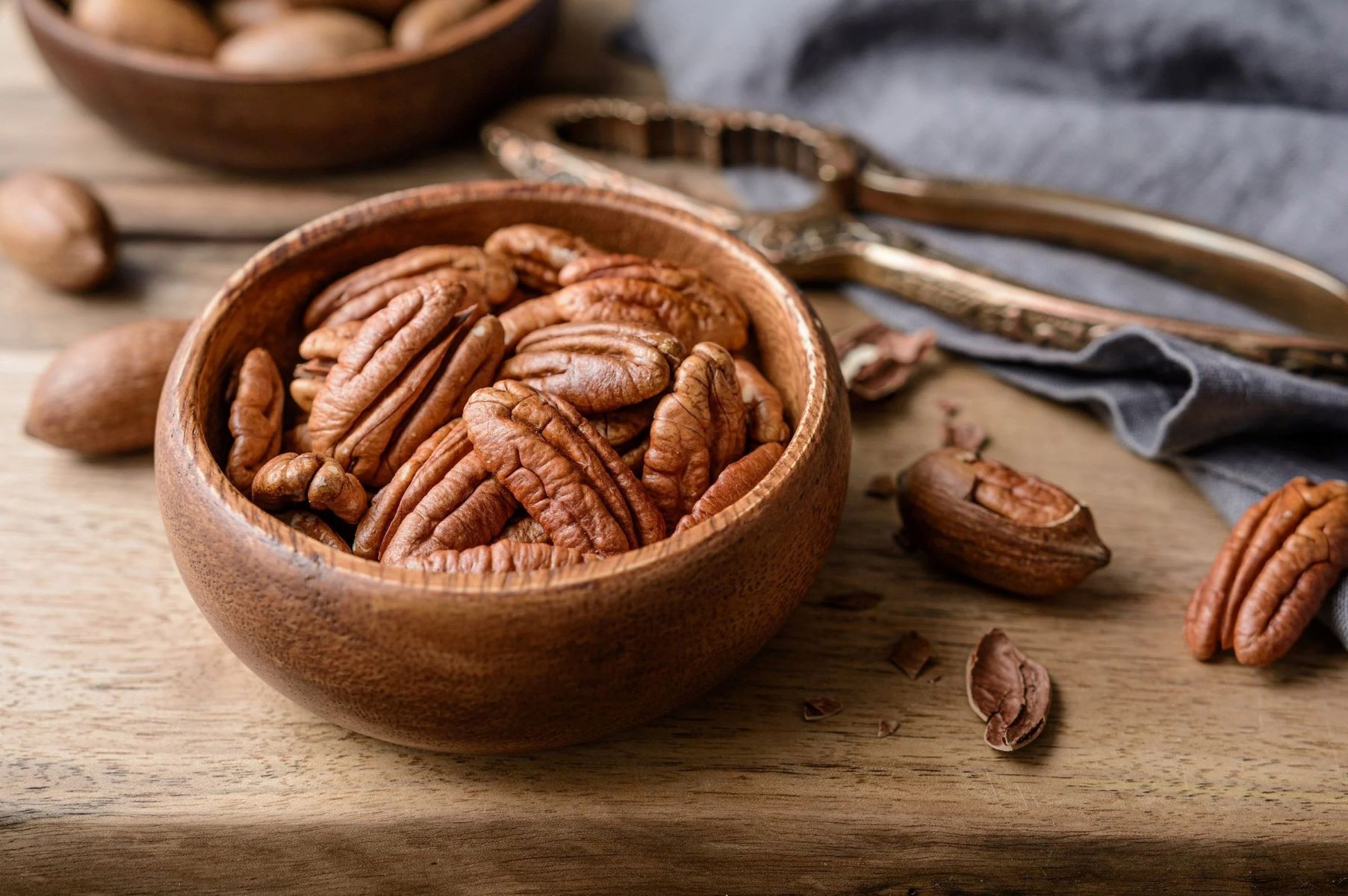
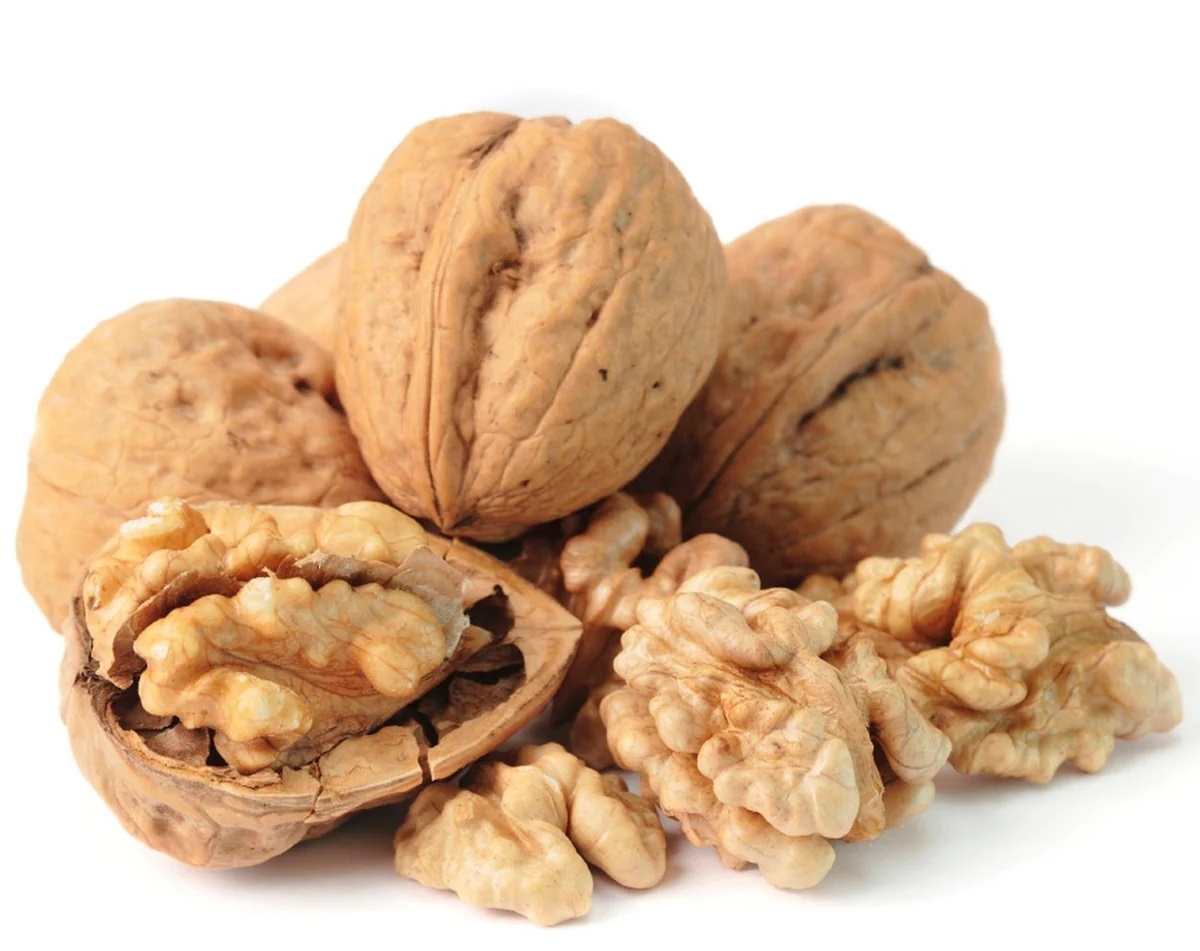
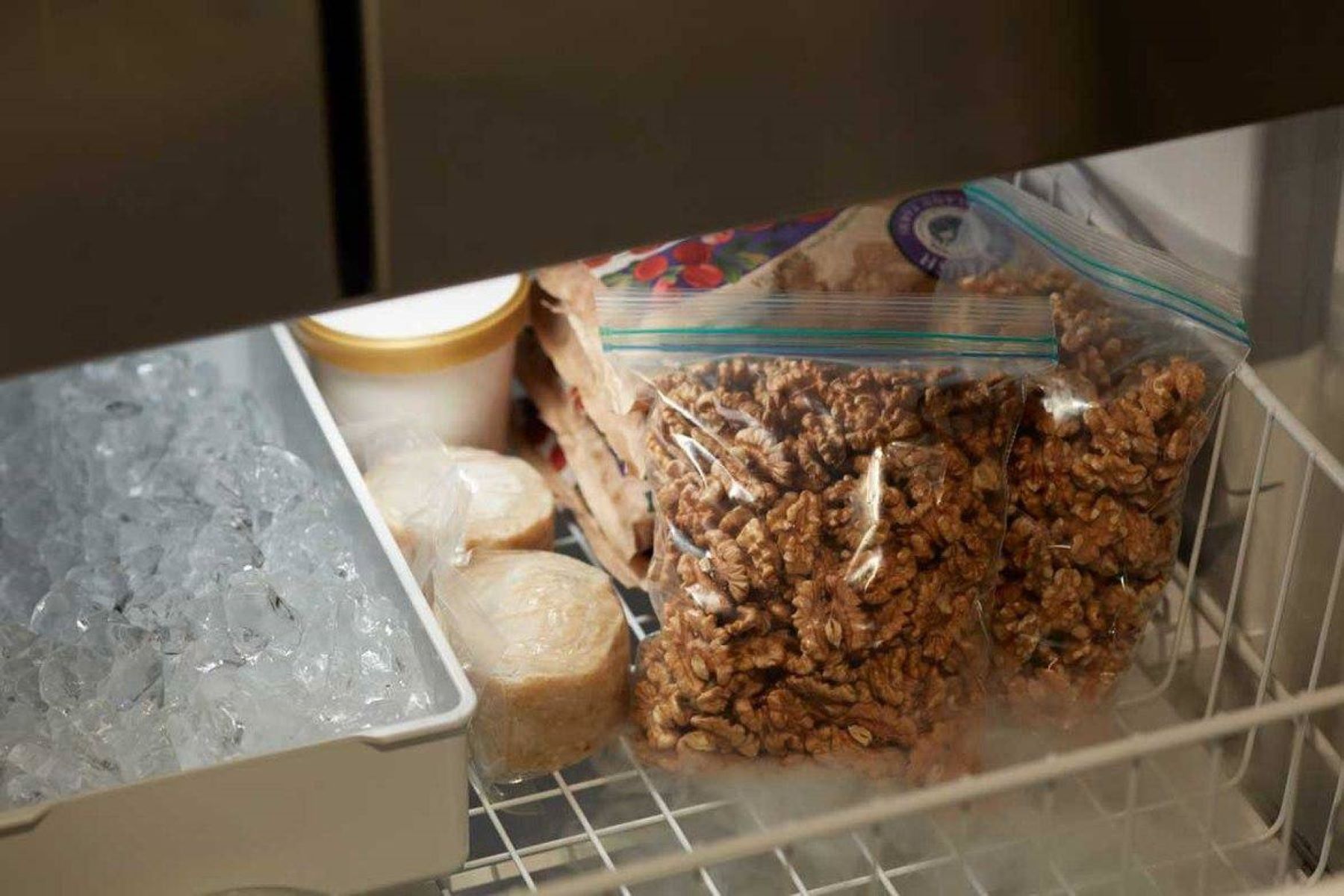
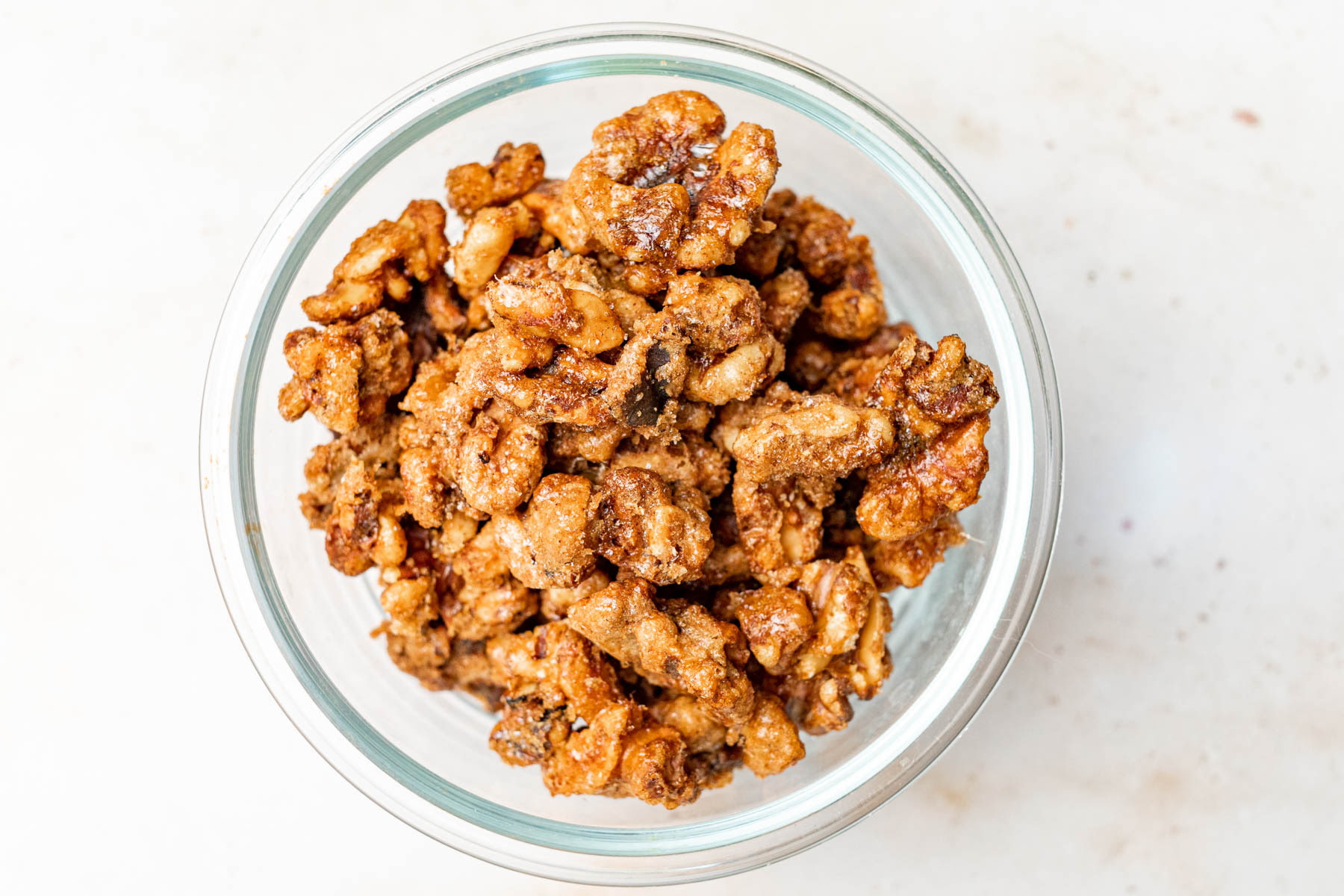
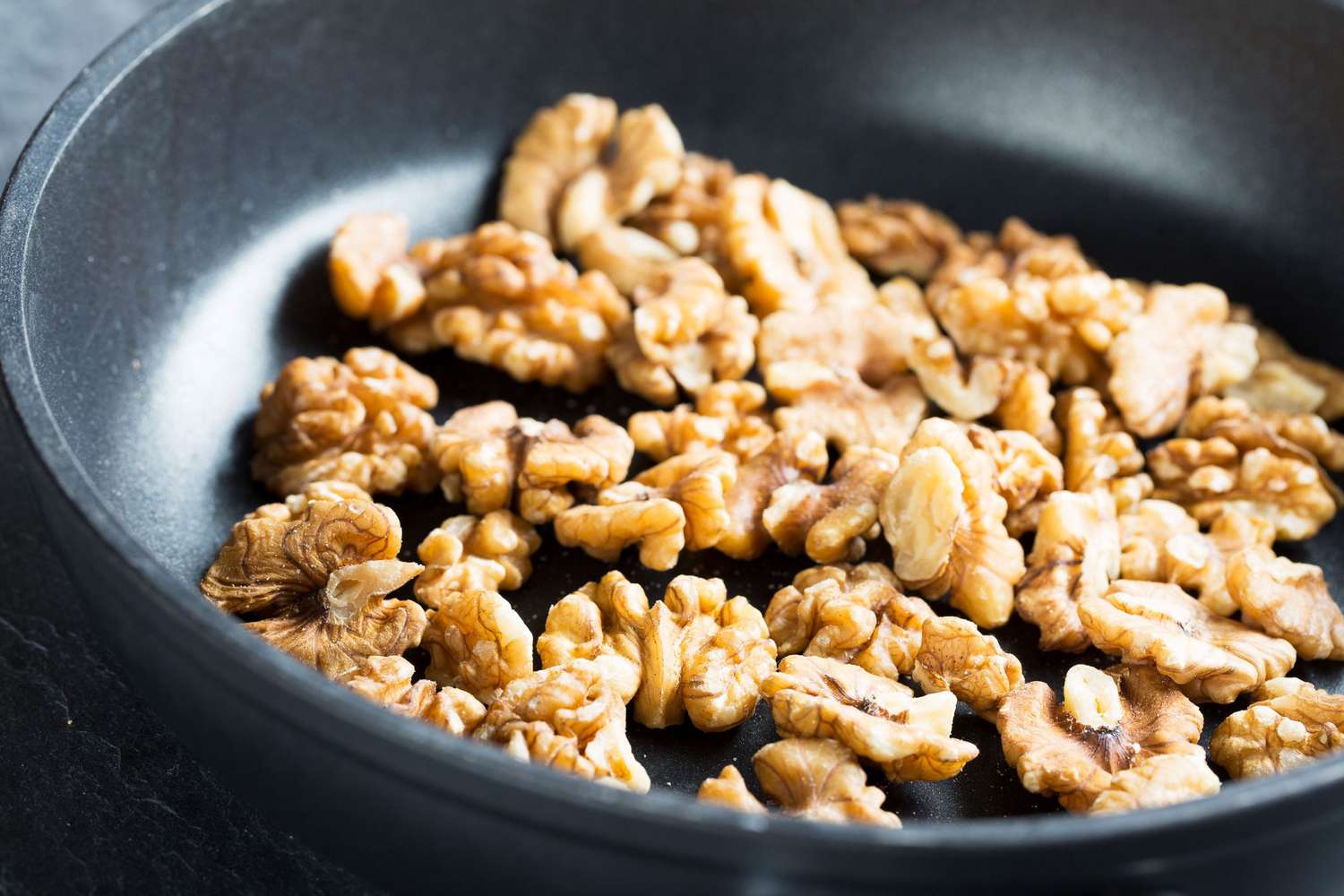
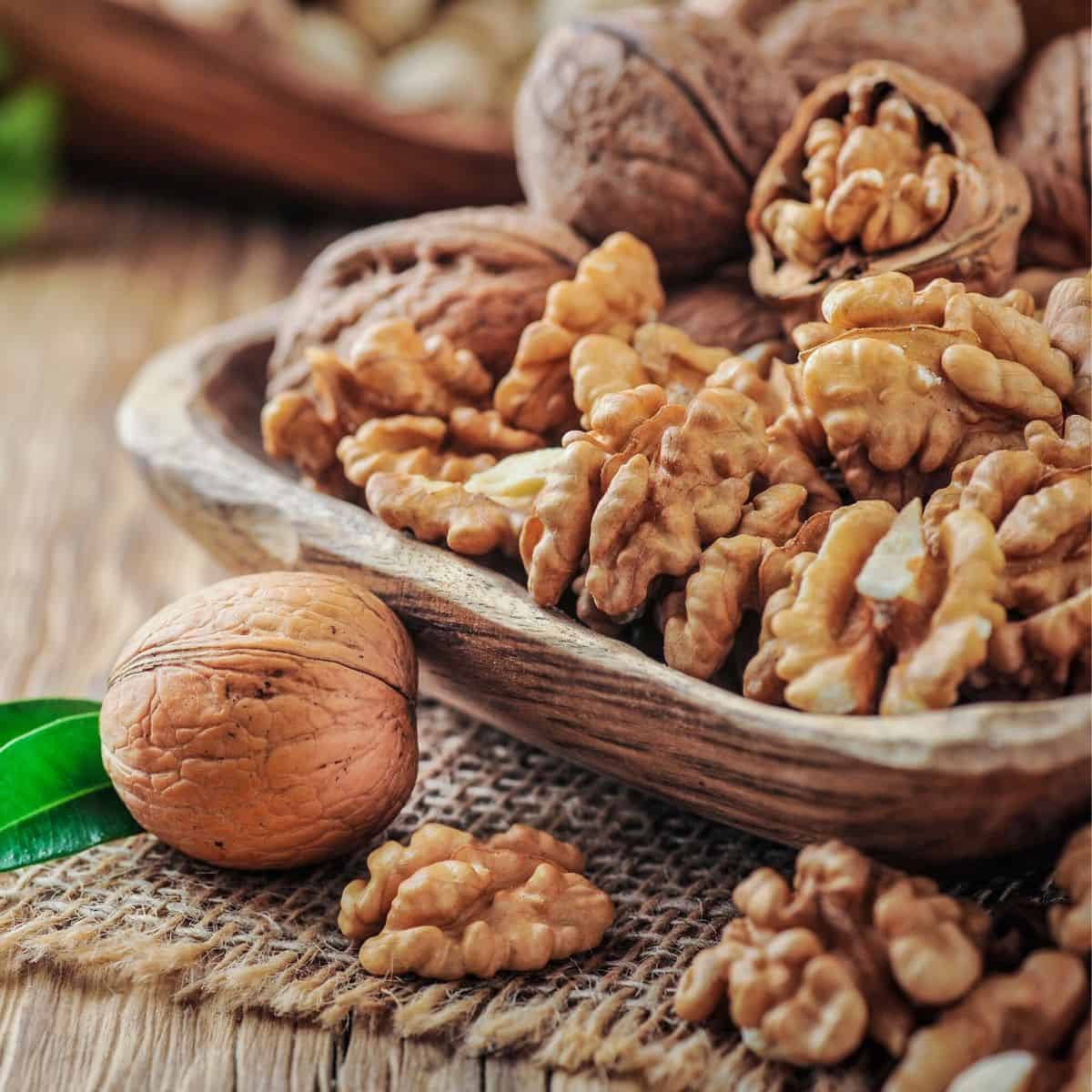
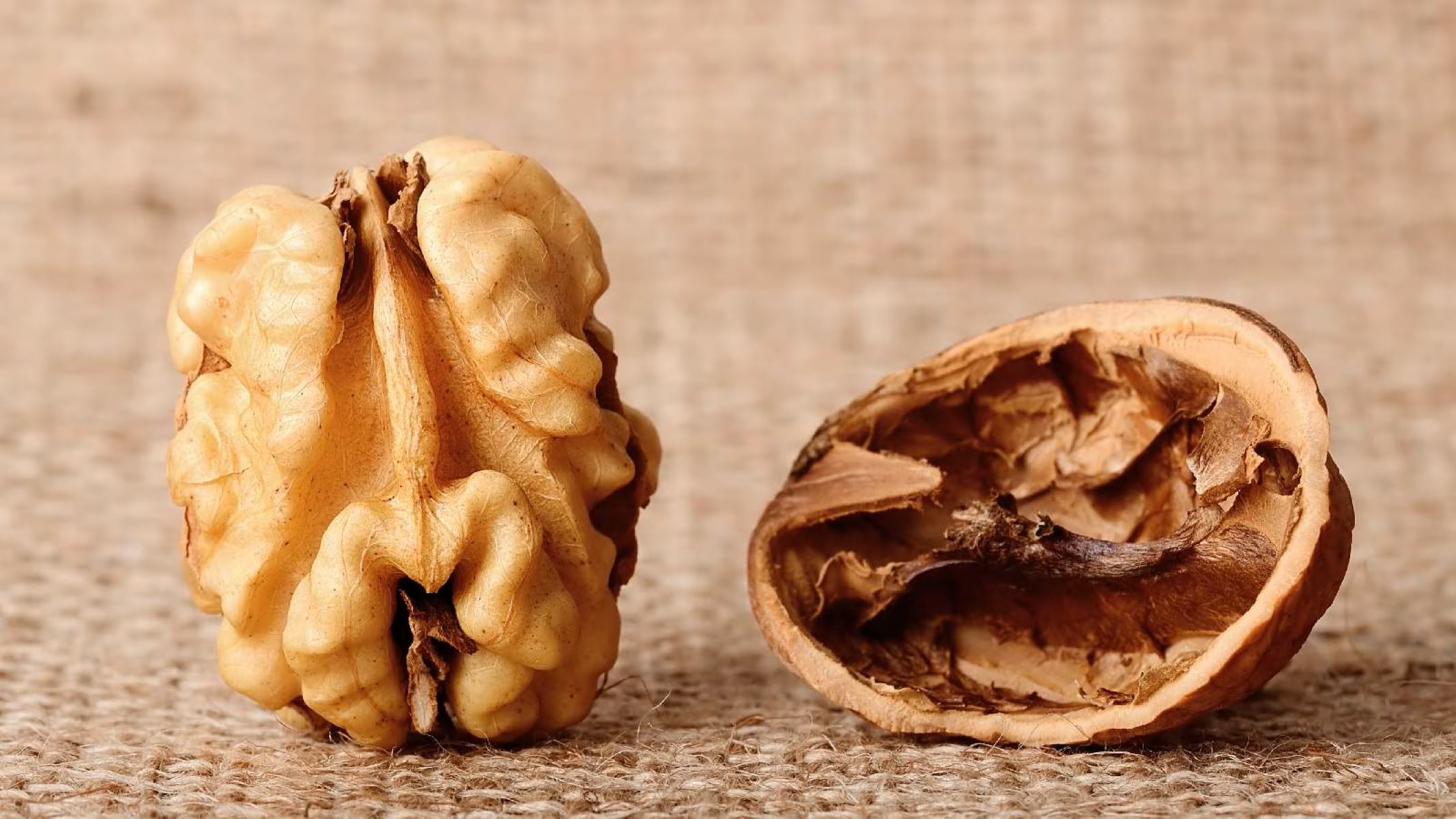
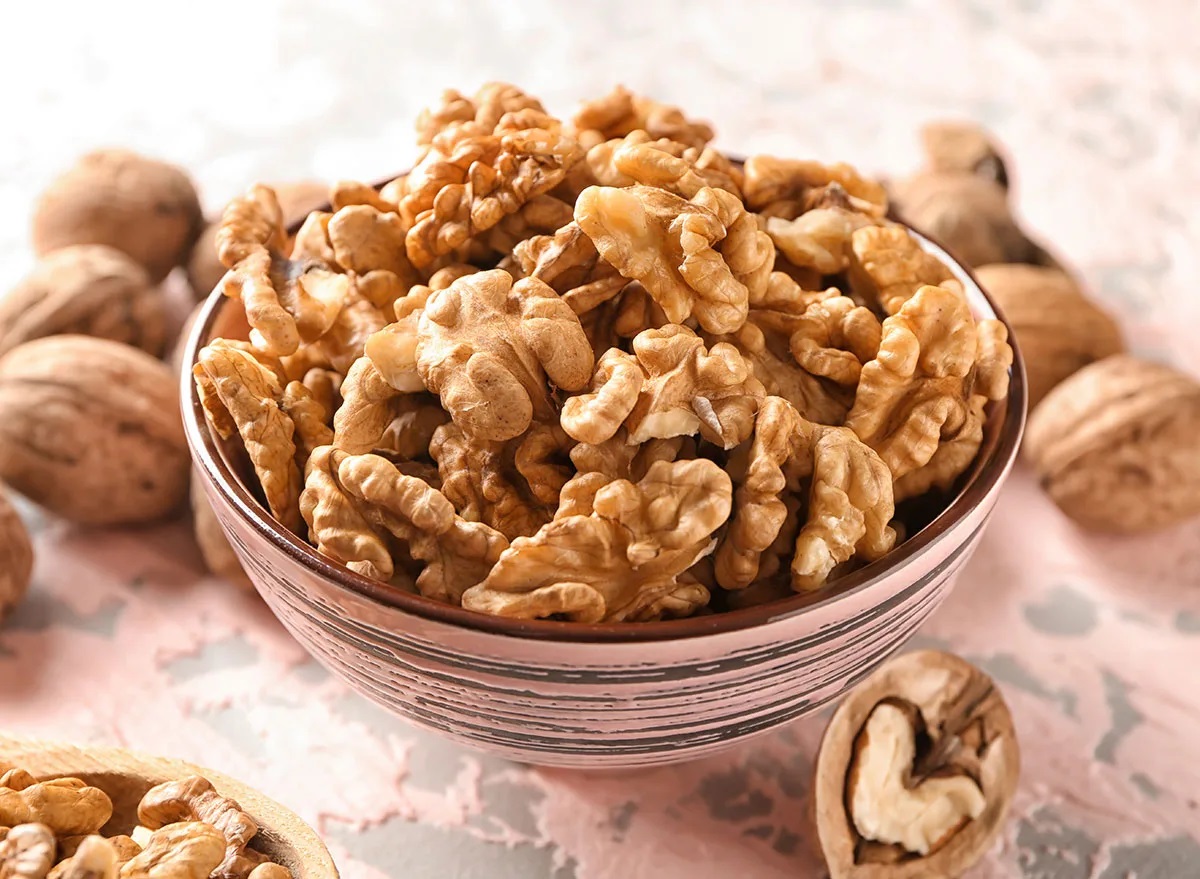
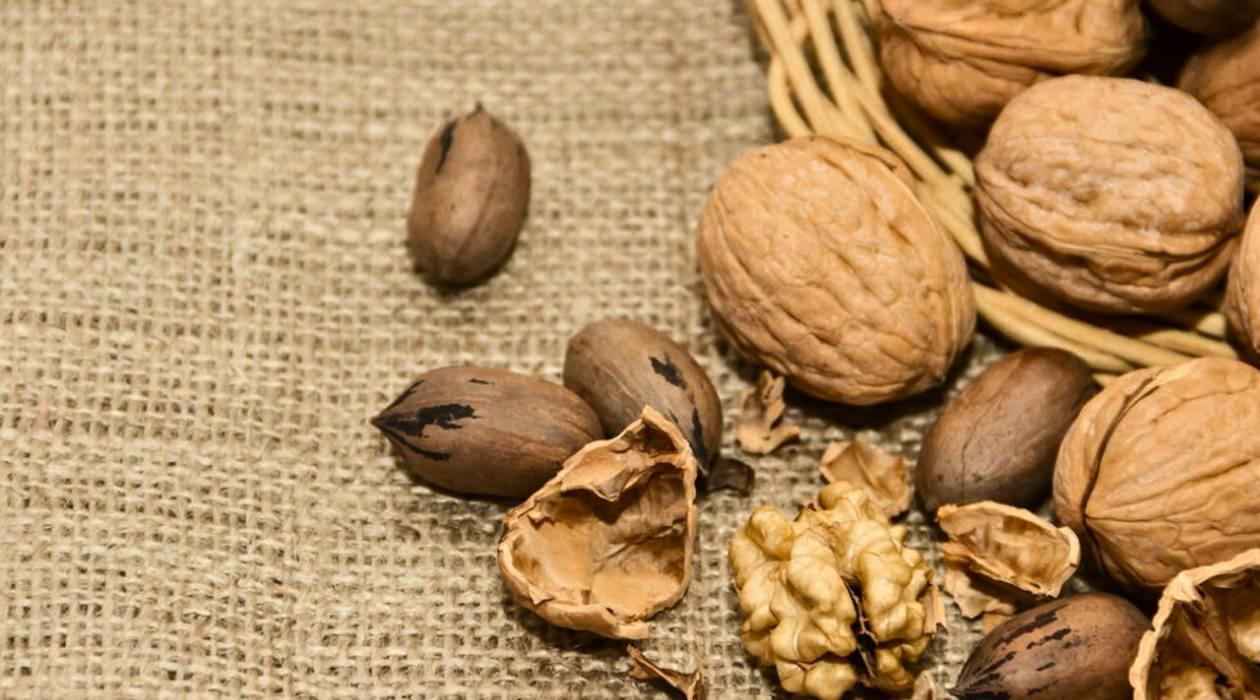
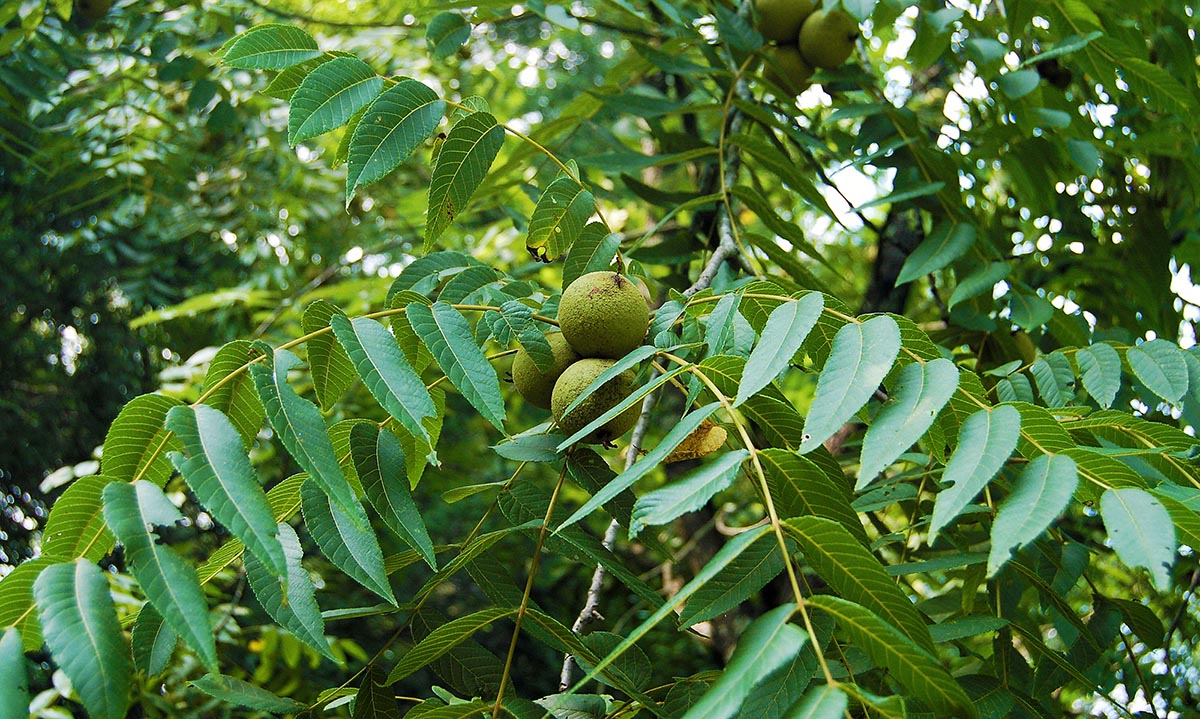

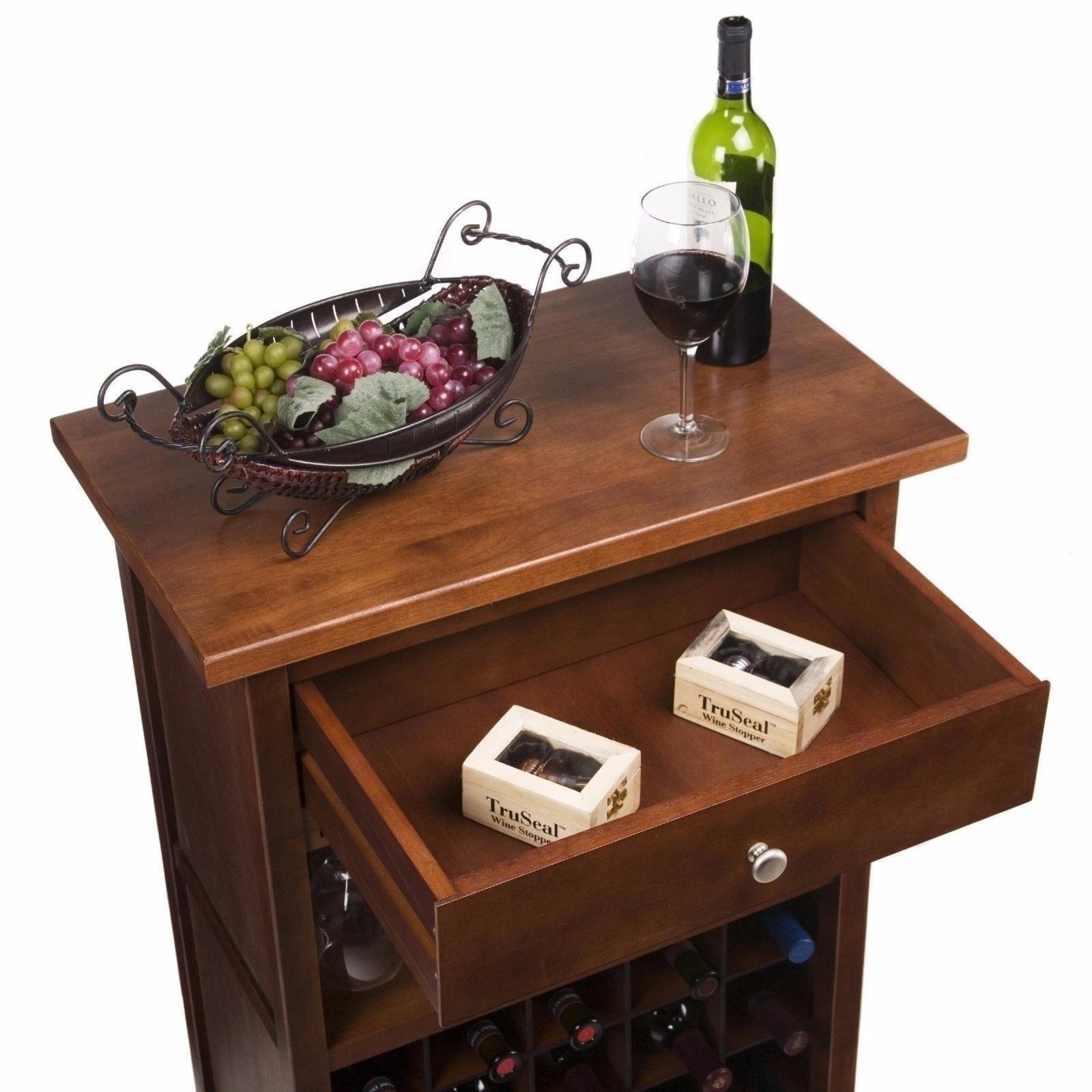
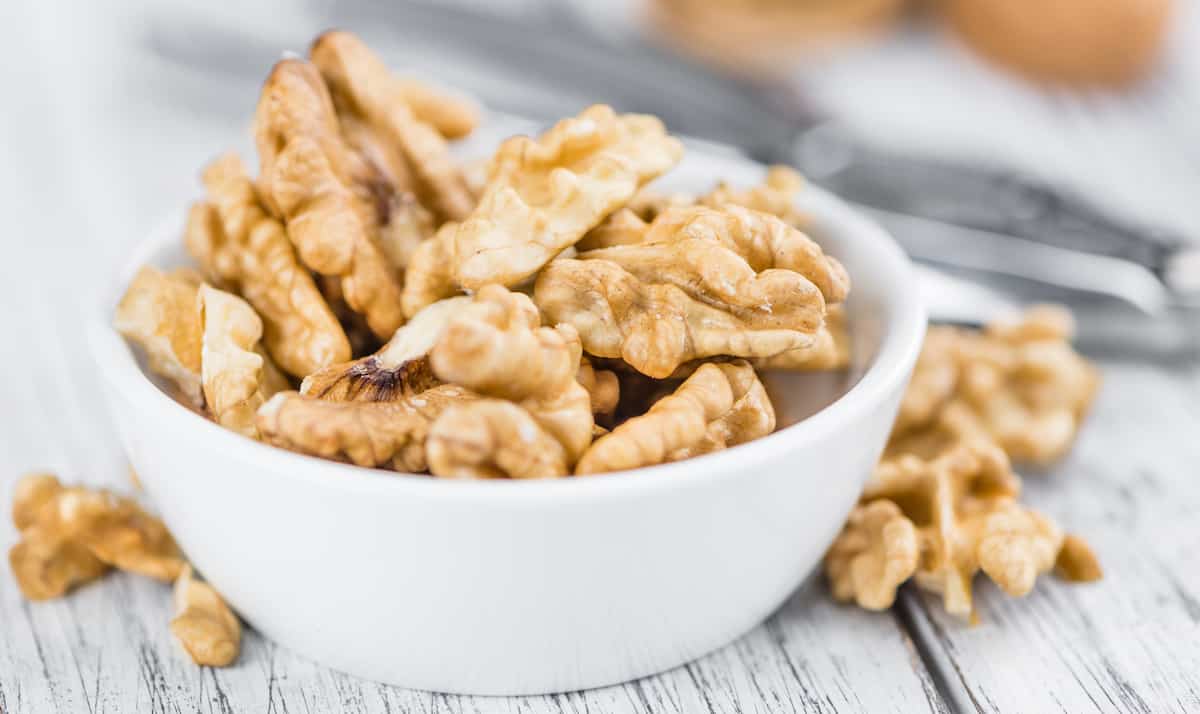
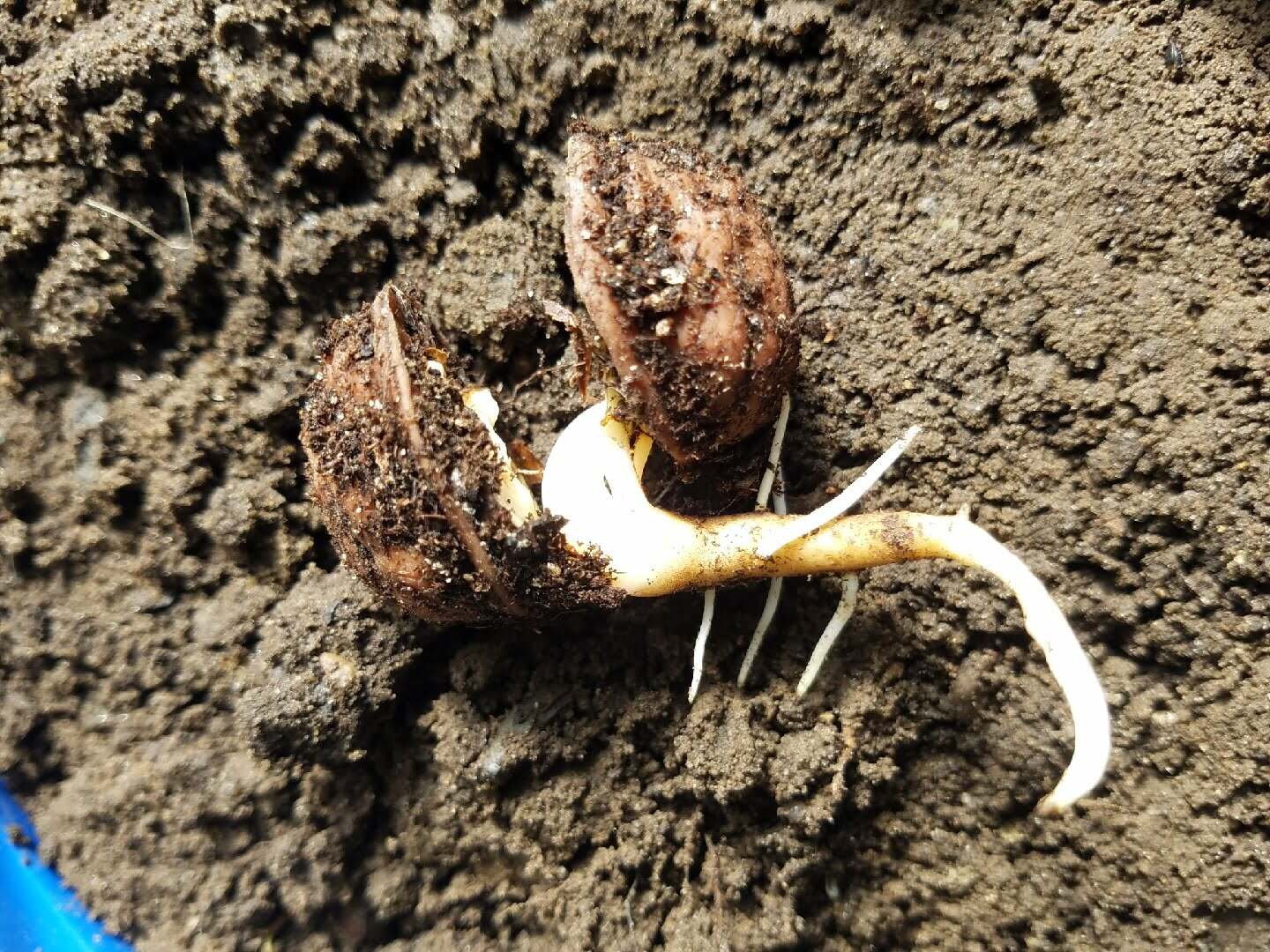

0 thoughts on “How To Store Unshelled Walnuts”